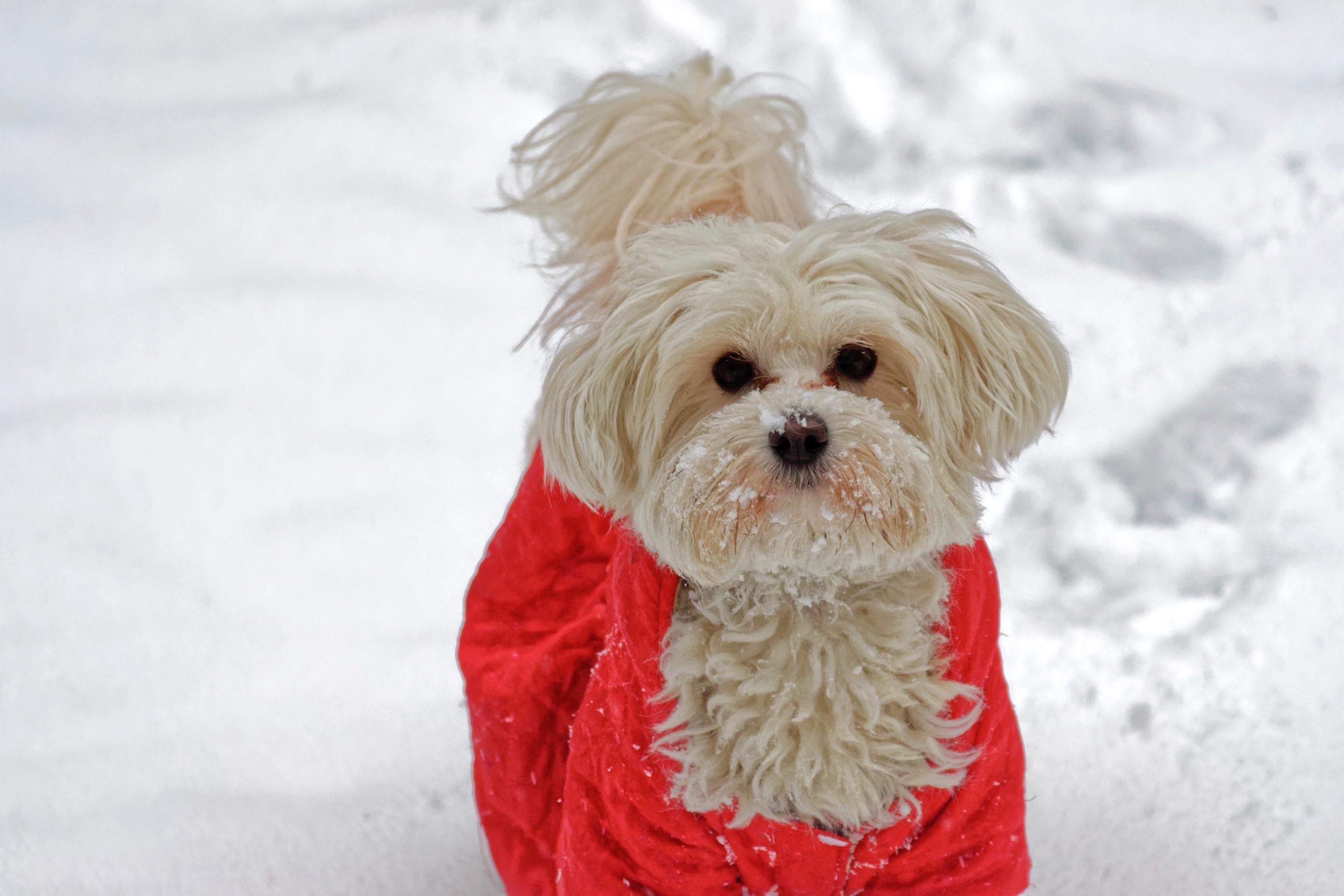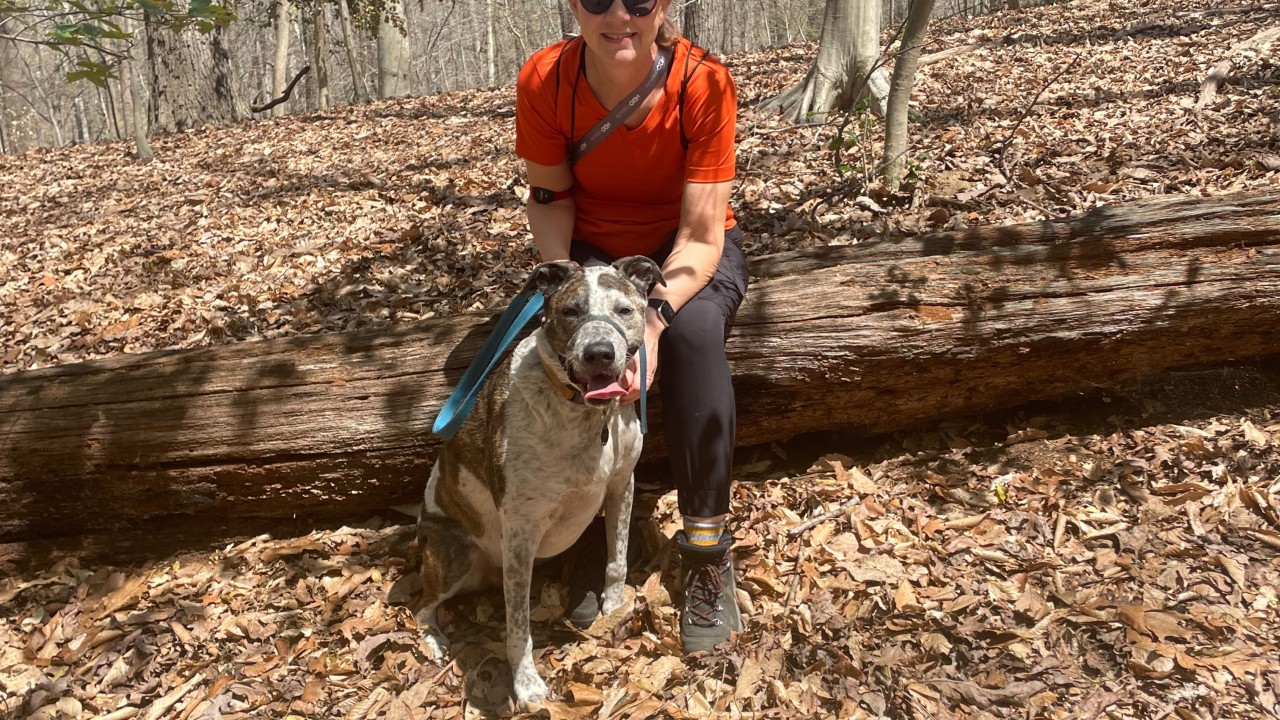Whether during the warm summer months or cold winter nights, pet lovers can follow basic guidelines and look out for certain issues during extreme weather conditions to keep their pets safe. As we experience winter weather in much of the country, our pets require special care and consideration to help ensure their wellbeing when outside.
General Guidelines
- A pet’s breed and coat can impact their ability to stay comfortable outdoors, but even dogs with thicker fur may become cold in extreme conditions. A sweater or coat can help keep your dog protected.
- Regular exercise is always an important part of pet care but be mindful of the duration of outdoor walks during the winter. The American Veterinary Medical Association (AVMA) advises that your dog may be more comfortable with shorter walks in colder temperatures, especially if he or she has arthritis.
- If your pet is walking in the snow, make sure to check his or her paws for any build-up of ice between their toes. When coming in from walks, it may benefit your pet to wipe their paws with a damp cloth in case of any contact with road salt.
- Make sure that your pet is receiving a complete and balanced diet for his or her life stage. This food will contain more than 40 essential nutrients that they need. These can help a pet maintain their coat, develop and maintain muscle and body fat, and moderate their body temperature.
Be on the Lookout for Frostbite and Hypothermia
Just as with humans, pets can suffer from frostbite and hypothermia in excessively cold temperatures. When a pet has frostbite, extremities such as ears or tails can freeze. Pet lovers should look for symptoms such as extremely pale skin or ice clumping on the skin. If your pet has frostbite or suspected frostbite, bring them indoors, apply a warm towel to the affected area and consult with your veterinarian.
In addition to frostbite, pets can suffer from hypothermia if extremely cold, even if he or she has a thick coat. Symptoms of hypothermia include shivering and lethargy. If you notice these warning signs, it is critical to bring your pet indoors, keep them warm and monitor their body temperature. If their temperature drops to below 98 degrees Fahrenheit seek immediate veterinary care.
Provide Proper Care for Outdoor Cats
Even cats who live outdoors full-time require additional attention during winter weather. If you are unable to bring your cat inside during the cold weather, simple precautionary steps to help them during the winter include:
- Ensure your outdoor cat has a form of shelter with adequate bedding, such as straw. If possible, raise the shelter floor off the ground.
- Be mindful that your cat’s water bowl may freeze with the lower temperatures, and make sure your cat always has fresh water and food.
- When using your car, it is recommended that you check around the vehicle or sound the horn before starting the engine. Cats sometimes seek warmth in the wheels wells or engine compartment of cars during lower temperatures and may be injured by a starting car.



